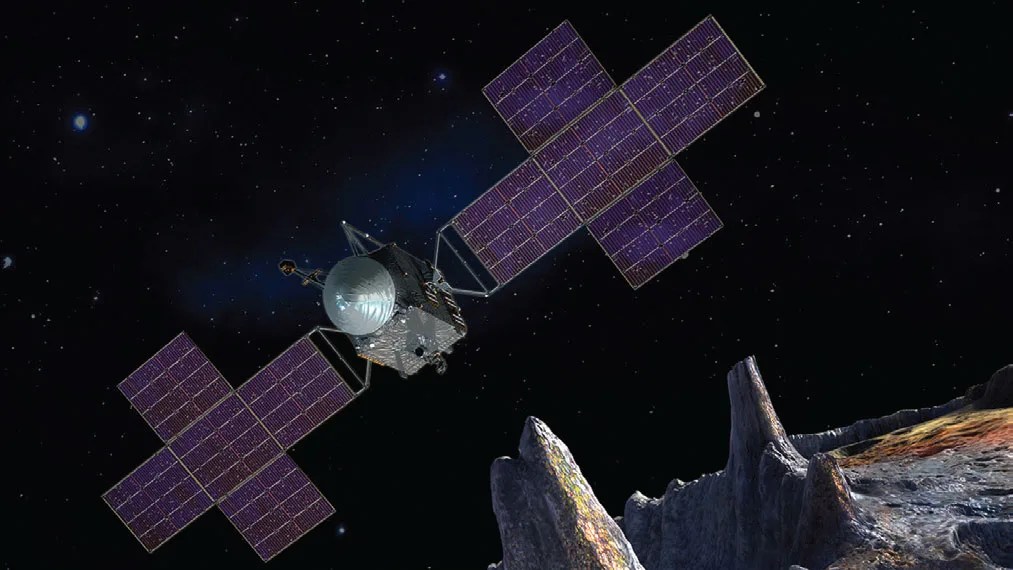3 min read
Technology Infusion
NASA has funded the development of a new high-purity germanium gamma-ray detector—the GeMini Plus—for use in upcoming planetary exploration missions. High-purity germanium detectors provide superior performance compared to other gamma-ray detectors. This development is being carried out jointly by Johns Hopkins University Applied Physics Laboratory (JHU/APL) and Lawrence Livermore National Laboratory (LLNL).
Planetary gamma-ray spectroscopy provides measurements of the chemical makeup of the surfaces of planets, moons, and asteroids. This information provides chemical maps that allow scientists to understand how these objects formed and changed over time.

In 2017, the GeMini Plus team wrapped up its three project objectives:
- Designing and testing a new low-resource germanium gamma-ray detector that is robust enough to withstand the vibrational rigors of rocket launch and environmental extremes of spaceflight
- Developing and testing new flight-ready electronics that provide superior performance compared to currently designed electronics
- Demonstrating the capability to fully eliminate sensor damage from high-energy cosmic radiation
Impact
The work carried out on this program has led to the selection of gamma-ray detectors employing GeMini Plus technology for two future planetary missions and one planetary concept development mission under study.
Psyche
A NASA Discovery mission, Psyche is scheduled to launch in 2022 and will arrive at the main belt asteroid (also named Psyche) in 2026. Gamma-ray measurements provided by the Psyche mission will quantify the amount of nickel and other elements the asteroid contains. These measurements will help determine if the Psyche asteroid is an exposed planetary core, or if it formed by some other exotic process.

MMX
The NASA-funded Mars-moon Exploration with Gamma rays and Neutrons (MEGANE) investigation was selected via NASA’s 3rd Stand Alone Mission of Opportunity Notice (SALMON-3) Announcement of Opportunity to fly on the Martian Moons eXploration (MMX) mission being developed by the Japan Aerospace Exploration Agency (JAXA). MMX will visit the two moons of Mars—Phobos and Deimos. MEGANE will employ GeMini Plus technology in a gamma-ray spectrometer designed to provide answers to fundamental questions about the formation of Mars’ moon Phobos.

Dragonfly
NASA selected Dragonfly—a robotic concept development mission to Saturn’s moon, Titan—under Step 1 of the Agency’s New Frontiers Program. If selected under Step 2, Dragonfly will launch in the mid-2020s and will fly a rotorcraft across Titan’s surface. Dragonfly will carry a gamma-ray detector to measure the elemental composition of Titan’s surface at multiple locations.

Future Plans
The GeMini Plus team plans to continue to characterize the detectors for radiation damage and recovery using a high-temperature annealing process.
Sponsoring Organization
The The Planetary Science Division’s Maturation of Instruments for Solar System Exploration (MatISSE) program provides funding for this effort to a team led by PI David J. Lawrence of the Johns Hopkins University Applied Physics Laboratory; the program is being jointly carried out by JHU/APL and LLNL.







